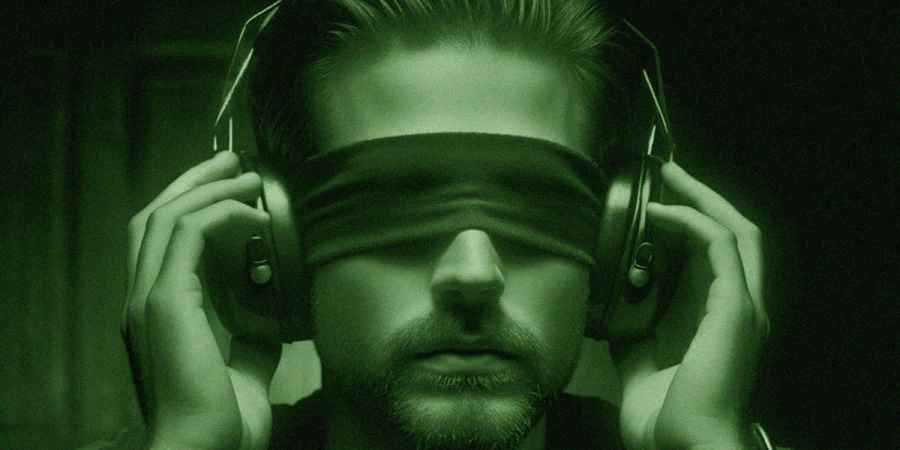

This page is more than one year old.
The Estes Method is a paranormal investigation technique that is designed to remove subjectivity from traditional spirit box sessions. It involves a researcher using a set of noise-cancelling headphones connected to the spirit box and wearing a blindfold to further isolate them from any potential bias or leading questions. They listen for potential spirit voices in the output from the spirit box and speak aloud anything they hear. Meanwhile, other team members ask questions out loud, aiming to receive responses from the person listening to the spirit box.
Spirit boxes are often regarded as fairly controversial devices. They work by rapidly scanning through radio frequencies. It's thought that spirits can manipulate these frequencies to form words and sentences to communicate with the living that are heard amongst the fleeting bursts of radio static and broadcasts.
Because these sounds are often hard to pick out of the background noise, they are open to subjectivity and misinterpretation. This susceptibility is due to the participant hearing or asking a question and then listening out for a response to that question. For instance, if someone asks, "How did you die?" there's a tendency to interpret ambiguous sounds as definitive answers, such as "murdered," based on the expectation set by the question.
The Estes Method aims to create a more direct and less biassed form of communication with the paranormal by isolating the listener from the questions being asked and the environment. This means the listener's interpretation of the responses is less influenced by the power of suggestion or their expectations. This setup theoretically reduces the chance of misinterpreting random noise as meaningful communication, a common critique in traditional sessions.
The Estes Method was developed in 2016 at the legendary Stanley Hotel in Colorado, a place famous for its ghostly activity and as the inspiration for Stephen King's supernatural classic 'The Shining'. The method was created by investigators Karl Pfeiffer, Connor Randall, and Michelle Tate, who first tried it on January 21, 2016, in a hallway in the basement of the hotel. They named the method after the area that the hotel stands in, Estes Park.
Karl and Connor further popularised the method by using it in their 2019 paranormal documentary series 'Hellier,' which explores the mysteries and paranormal phenomena in and around the small town of Hellier, Kentucky.
The Estes Method is similar in nature to the Ganzfeld Experiment, a psychological experiment designed to test for extrasensory perception (ESP) and telepathy, which uses a similar method of sensory deprivation involving the eyes being covered and the use of headphones. Although both methods involve altering a person's sensory input, the Ganzfeld Experiment is designed to enhance the subject's receptivity to telepathic communication, whereas the Estes Method focuses on spirit communication.
The Estes Method primarily utilises a spirit box as the method of spirit communication, but the underlying principles of sensory deprivation and focused listening can be used with other tools and technologies within paranormal investigation. There are various apps and software designed for paranormal investigation that generate sounds, words, or manipulate audio files in real-time. These could be used with headphones in an Estes Method setup, exploring different types of audio cues for spirit communication.
The method could also be used for real-time EVP (Electronic Voice Phenomenon) sessions. EVP are sounds found on electronic recordings that are interpreted as spirit voices that either were not heard by the human ear at the time of recording or appear to be in response to questions posed by investigators.
In a real-time EVP session, investigators listen to the audio being recorded in real time through headphones connected to the recorder. This method amplifies the immediate environment's sounds, making it easier to detect subtle noises and potential EVPs as they occur.
By integrating the Estes Method with real-time EVP monitoring, investigators can enhance their ability to detect subtle auditory phenomena at the moment they occur. The isolated listener becomes a dedicated conduit for auditory anomalies. This direct and focused listening approach allows for the immediate identification and communication of potential EVPs to other team members, facilitating a more dynamic and interactive investigation process.
Is The Estes Method As Effective At Removing Subjectivity As It Is Claimed?
The Estes Method, while innovative in its approach to spirit communication, carries several issues that cast doubt on its effectiveness in completely removing subjectivity. The method is designed to minimise bias by isolating the listener from external influences and questions. However, it is not entirely foolproof against the inherent subjectivity of human perception.
One of the primary issues with the Estes Method is that even with the sensory isolation provided by the method, participants might still fall prey to subjective interpretations of the sounds they hear. This susceptibility stems from the fact that individuals can carry preconceived notions or prior knowledge about the location they're investigating or the nature of its reported hauntings. These expectations can subtly influence how they interpret the random and ambiguous noises produced by the spirit box, leading them to discern words or phrases that align with their anticipations or desires for meaningful communication.
For instance, if an investigator knows they are in a location reputed for a tragic history, their mental framework might be primed to interpret noises as messages related to that tragedy, even without hearing the specific questions being asked by other team members. This psychological predisposition underscores the challenge of completely eliminating subjectivity from paranormal investigations, highlighting the nuanced role of human perception in interpreting potential paranormal phenomena.
Confirmation bias can significantly influence the interpretation and perceived validity of responses in an Estes Method session, particularly among the investigators who are not isolated. These investigators, who ask questions and listen to the responses relayed by the isolated participant, might inadvertently cherry-pick responses. This tendency involves selectively focusing on the "hits," those responses that appear relevant or directly answer a question posed, while disregarding or minimising the importance of "misses," which are responses that do not align with the questions or seem irrelevant.
This selective attention can lead to an overestimation of the Estes Method's effectiveness, as investigators might attribute a higher significance to coincidences or instances where the responses seem to match their expectations. By emphasising responses that fit their narrative or hypotheses about the haunting and overlooking those that do not, investigators may reinforce their belief in the method's validity without fully accounting for the full spectrum of responses, including those that do not support their expectations.
Despite these issues, many in the paranormal community find value in the Estes Method for its potential to offer a more direct and less biassed form of spirit communication. While it may not entirely remove subjectivity, it introduces a novel approach that can yield intriguing and sometimes compelling results.
How To Conduct A Spirit Communication Experiment Using The Estes Method
Conducting a paranormal experiment using the Estes Method involves a straightforward setup but requires attention to detail to ensure the integrity of the experiment and the reliability of any results obtained. Here's a step-by-step guide, including tips and best practices, to help you conduct an effective Estes Method session.
Step 1: Equipment Preparation
Set up the spirit box and connect it to the noise-cancelling headphones. Test the equipment to ensure it's working correctly. You'll also need a blindfold. You may also want to use an audio recorder or video camera to document the session and any responses you obtain.
Step 2: Set Up
Decide who will be the listener, the person who will wear the headphones and blindfold while listening to the spirit box. This person should be prepared to immediately relay any words or phrases they hear, regardless of context or whether they seem relevant. Place the blindfold and headphones on the listener, and start the spirit box scan.
Step 3: Begin Questions
One or more team members should start asking questions directed at any potential spirits present. They should speak clearly and leave pauses of about 20–30 seconds between each to allow for responses. Note any responses that correlate with the questions asked. Pay attention to timing, relevance, and any patterns that emerge. Remain patient and keep an open mind throughout the experiment. Results may vary, and not every session may produce clear communication.
Step 4: End The Session
After a predetermined time or once you feel enough attempts at communication have been made, gradually conclude the session and thank the spirits for any communication attempted. Remove the headphones and blindfold from the listener, and turn off the spirit box.
More Essential Parapsychology
See All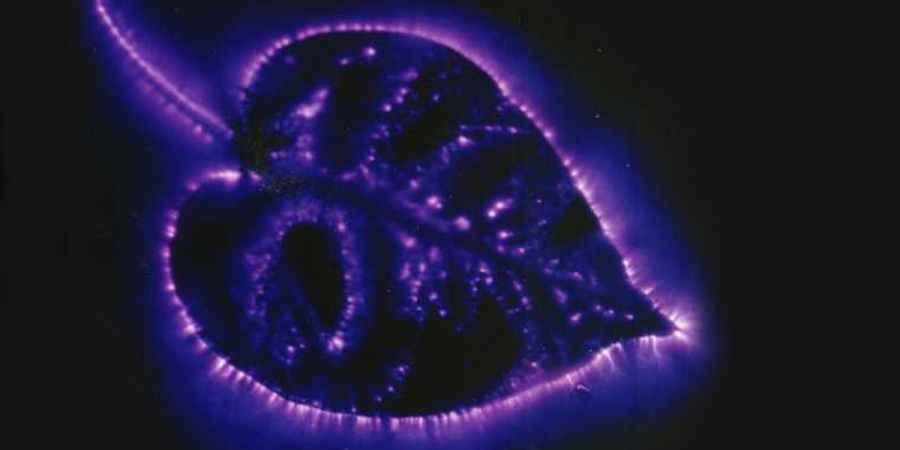
ArrayOctober 11, 2024
The Reality Behind Kirlian Photography’s Glowing Auras
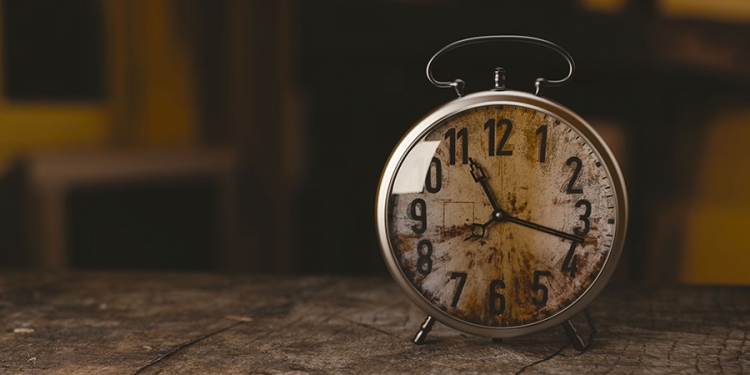
ArrayOctober 07, 2024
Could Retroactive Psychokinesis Allow Us To Influence The Past?
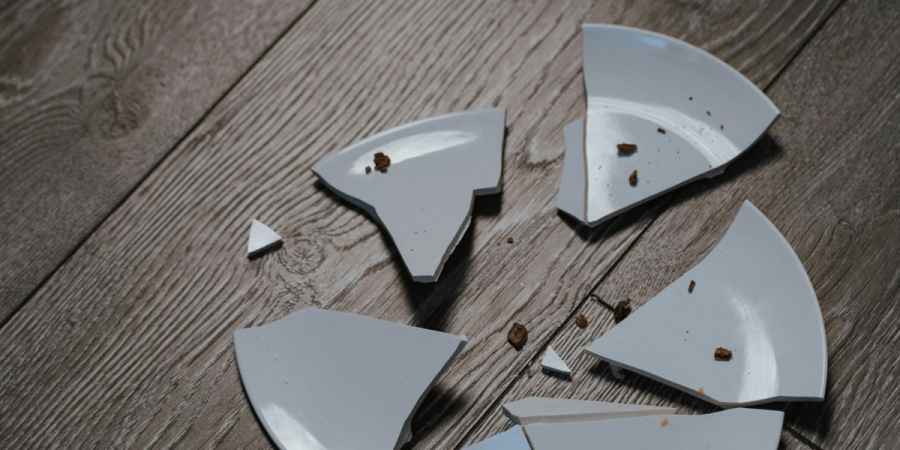
ArrayOctober 05, 2024
What Spontaneous Cases Are & Why Parapsychologists Research Them
Learn With Higgypop
Hosted by Paralearning in association with Higgypop, these courses on ghost hunting, paranormal investigations, and occult practices draw on the experience of our team of paranormal writers.

Diploma In Practical Ghost Hunting & Scientific Analysis
This course gives you practical and useful knowledge of ghost hunting and paranormal research, which is invaluable when conducting your own paranormal investigations or as part of a group event.
View Course
Diploma In Modern Demonology For Paranormal Investigators
This course gives you practical and useful knowledge of ghost hunting and paranormal research, which is invaluable when conducting your own paranormal investigations or as part of a group event.
View CourseMore Like This
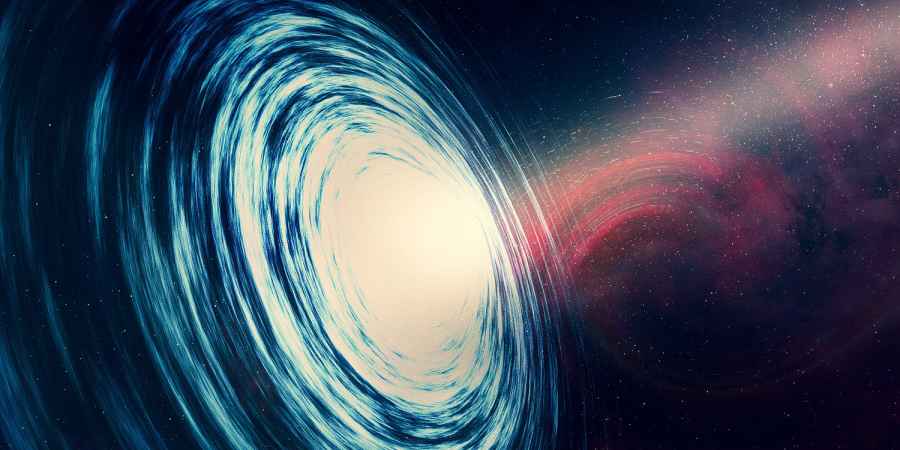
ScienceMarch 10, 2025
What Ghost Hunters Mean When They Talk About Dimensions
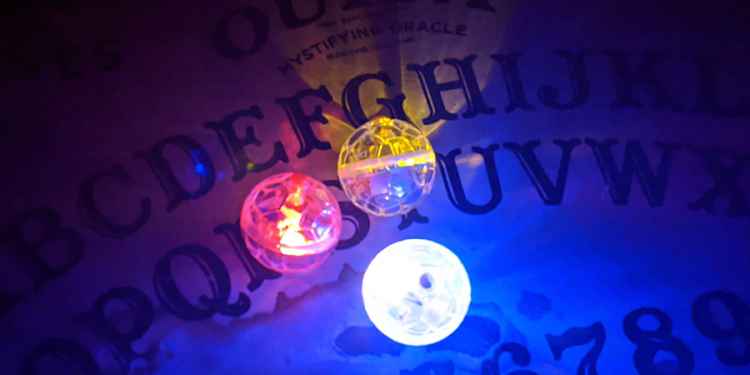
Ghost HuntingJanuary 26, 2025
These Are The Ghost Hunting Gadgets You Should Avoid If You Want To Be Taken Seriously As An Investigator
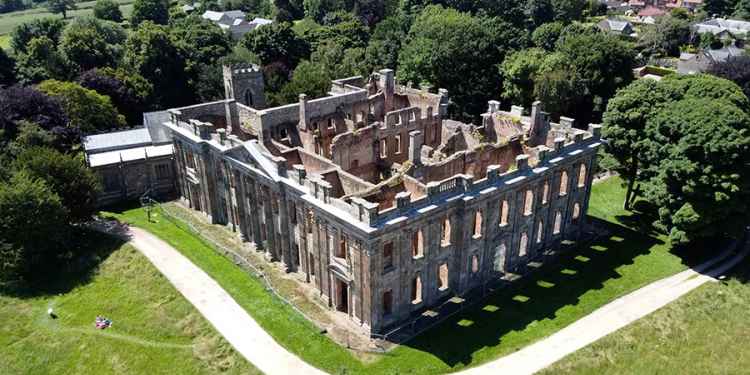
Haunted BritainDecember 25, 2024
2024's Most Popular Paranormal Hotspots In The UK
 See More on Audible
See More on Audible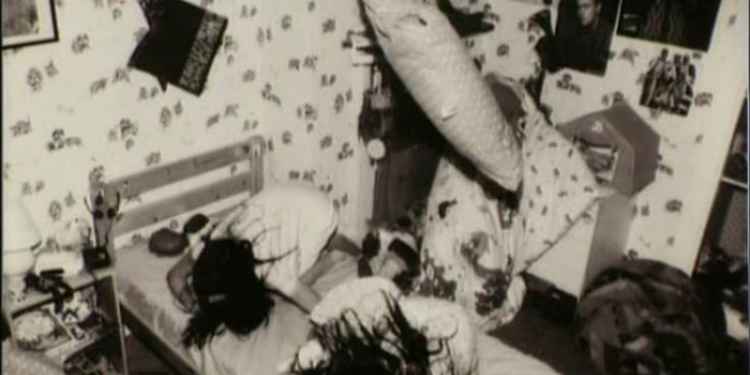
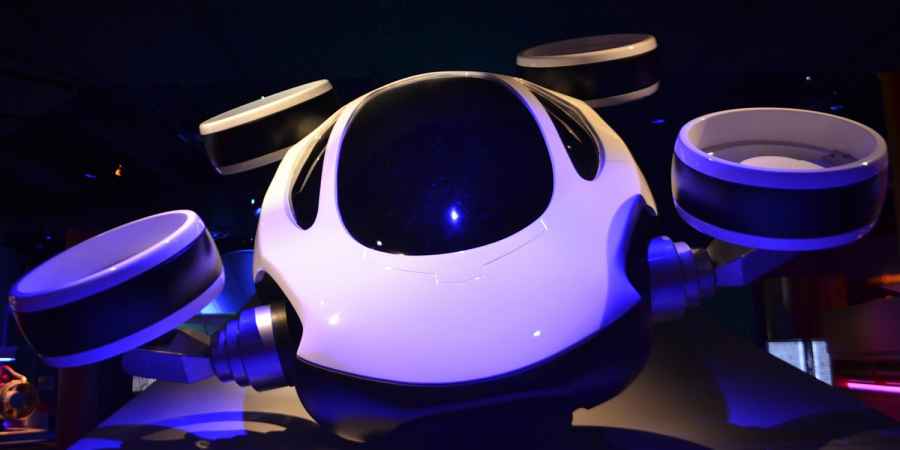

Comments
Want To Join The Conversation?
Sign in or create an account to leave a comment.
Sign In
Create Account
Account Settings
Be the first to comment.